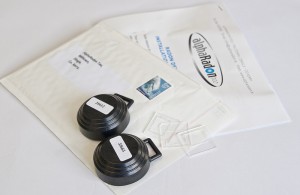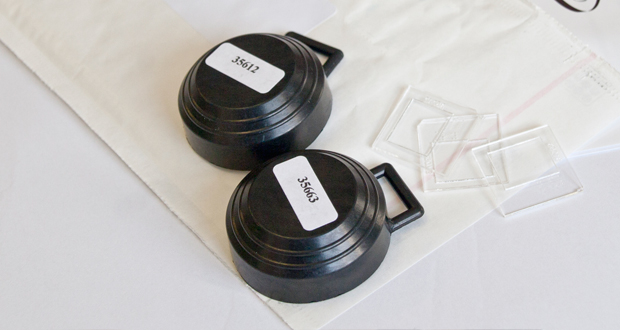Commercial Testing
Employers are responsible for the health and safety of their Workers Commercial Test Kit
Time to demonstrate your workplace is safe from the dangers of radon gas

Are you in an a Radon Area?

Employers are responsible for the health and safety of their Workers
If you would like to have your house or business tested for radon gas or would like more information please Contact AlphaRadon.
Commercial Testing
 Each and every employer is responsible for the health and safety of their workers while they are at work. An employer must have the radon levels checked in their premises if instructed to do so by the RPII. Every business in a radon area that is classified in a predicted 10% of homes or higher area has to have their radon levels checked by law. This is also within the scope of the Safety, Health and Welfare at Work Act, 1989 which is regulated by the Health and Safety Authority. If an employers premises is found to have a problem with radon gas, it is the employers duty to eliminate or deduce the risk to the employees of the company, by fixing or reducing their radon gas problem.
Each and every employer is responsible for the health and safety of their workers while they are at work. An employer must have the radon levels checked in their premises if instructed to do so by the RPII. Every business in a radon area that is classified in a predicted 10% of homes or higher area has to have their radon levels checked by law. This is also within the scope of the Safety, Health and Welfare at Work Act, 1989 which is regulated by the Health and Safety Authority. If an employers premises is found to have a problem with radon gas, it is the employers duty to eliminate or deduce the risk to the employees of the company, by fixing or reducing their radon gas problem.
Radon gas measurements must be carried out in accordance with criteria specified by the RPII. AlphaRadon Teo is listed with the EPA as being approved to carry out commercial testing of premises.
In Ireland the national workplace level for radon is 300 becquerels per cubic meter (Bq/m3) averaged over a period of three months. This level was set out by the Radiological Protection act, 1991 (ionising radiation) Order 2000 (Statutory Instrument No.125 of 2000). This legislation was enforced in Ireland because of Council Directive 96/29/EURATOM which establishes a common basis for radiation protection legislation in all European Union Member States.
Placement of Radon Detectors in the Workplace
Measurements should be made where there is worker occupancy
Measurements, therefore, should be made at locations which are representative of actual or reasonably foreseeable worker occupancy. For this reason it will not be necessary to carry out measurements in areas such as corridors, washrooms, toilets etc. which are unoccupied or occupied infrequently. As a general rule, an infrequently occupied area is one where an individual is unlikely to spend more than 100 hours per year of their working time.
Testing should be made at ground floor or sub-ground level
In general within a given building, basement and ground floor rooms are likely to have the highest radon concentrations.
Normally, therefore, a workplace survey should be made in workspaces located on the ground floor and in sub-ground or basement levels, where these are frequently occupied.
At least two measurements should always be made in any workplace
Number of detectors per workplace is based on the number of offices
| Workplace type | Number of monitors | Examples |
| Office-type accommodation | One detector per individual office | Government offices, Professional practices |
| Open plan office, and retail or workshop up to about 1000 m2, also public access areas | One per 200 m2 | Administrative and call centres, light industry, hotel foyers |
| Areas up to 5000 m2 | One per 400 m2 | Warehouses, small supermarkets |
| Very large areas of several thousand m2 | One for each distinct area with obviously different environmental conditions. Not less than 1 per 500 m2 | Large manufacturing or process plants, large warehouses |
| Basements | One in each separate room, section or area irrespective of size, even if infrequently used. Changes in occupancy patterns might increase exposure and therefore a measurement should be carried out | Bank vaults, mechanical and/or electrical control centres |
Different types of work areas should be considered separately
Radon levels can vary significantly between adjacent buildings
Ground floor or basement level measures should normally be sufficient for multi-storey buildings
Multi-storey building employers should confirm that the radon concentrations do not exceed Reference Level
Testimonials
Happy customers.
MARK Home Owner
![]()
"I used AlphaRadon for my home radon test. Test kit arrived on time and got my results quickly. Will use again "
12, Mar 2021
ALAN Business Owner
![]()
"Alpharadon tested my business. The service was very professional and prompt. Will use their service again"
9, Jun 2021

